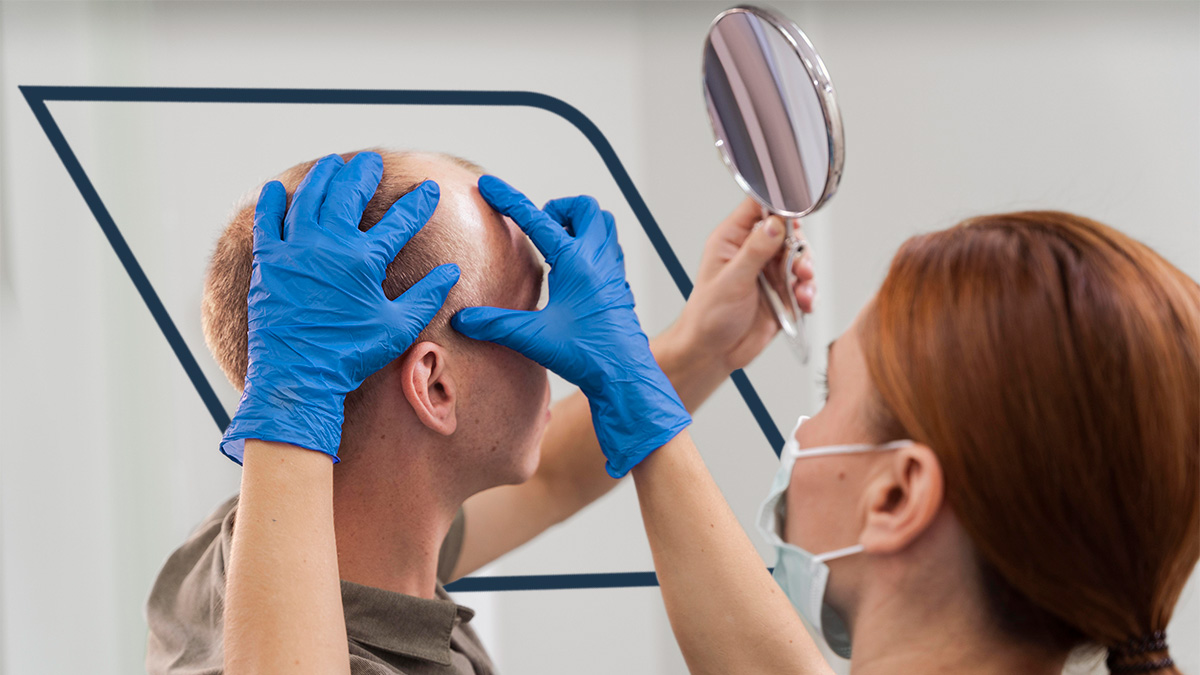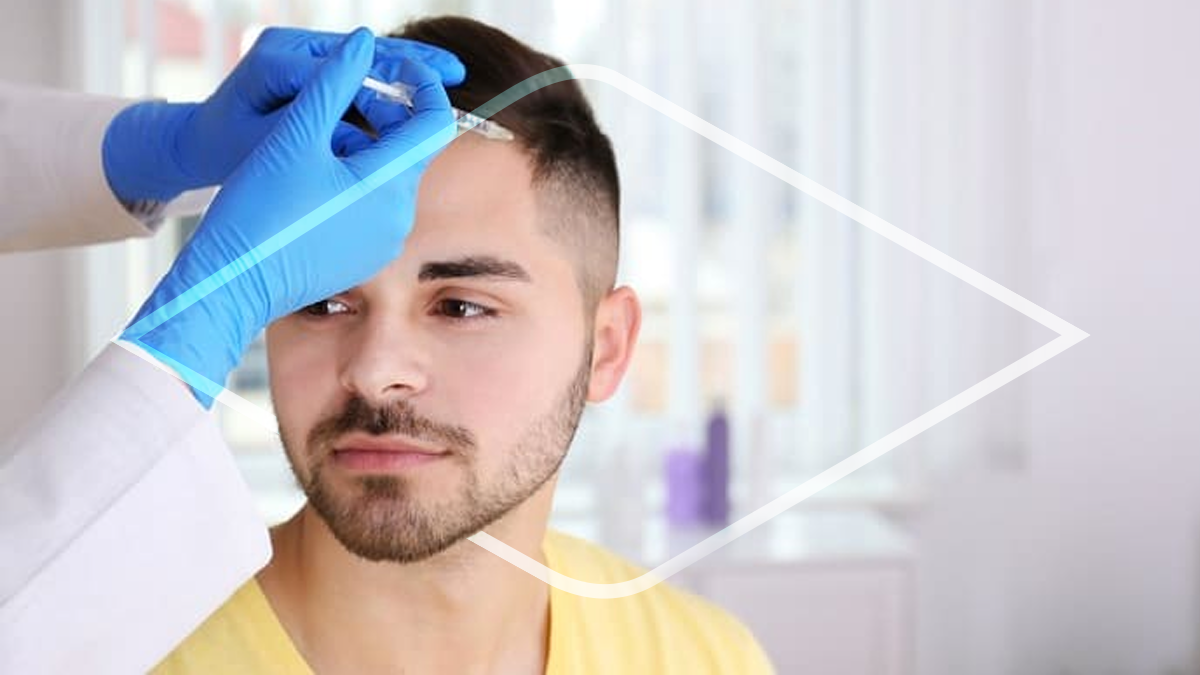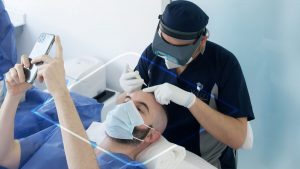Hair transplantation has evolved significantly over the last decade, with advanced techniques focusing on individualized patient needs. Hair Transplant Arta represents a modern, precision-driven approach designed to optimize graft survival, natural hairline aesthetics, and patient satisfaction. Unlike conventional methods, Arta emphasizes micro-level follicular management, integration with adjunctive therapies, and outcomes tailored to each patient’s facial and scalp morphology.
Understanding the Arta Technique
The Arta hair transplant technique integrates principles of follicular unit extraction (FUE) with specialized implantation protocols. Its key characteristics include:
- High-definition follicular placement to replicate natural hair orientation
- Use of advanced stereoscopic imaging for recipient site design
- Minimized transection of donor follicles through micro-surgical tools
- Strategic density planning to accommodate future hair loss progression
This technique has been particularly popular among patients seeking Hair Transplant Arta for frontal hairline restoration, crown filling, and complex pattern baldness.
Historical Development
Hair transplantation has progressed from traditional strip harvesting (FUT) to modern FUE, allowing for minimally invasive procedures with reduced downtime. The Arta technique emerged as a refinement of these methods, emphasizing precision graft placement, minimal scarring, and longevity of results. Clinical studies published in the Journal of Dermatologic Surgery indicate that Arta-based FUE procedures achieve higher follicular survival rates and more uniform hair density compared to conventional FUE in comparable patient populations.
Patient Assessment and Suitability
Successful Hair Transplant Arta begins with a comprehensive evaluation, including:
- Scalp and Donor Analysis: Assessing follicle density, caliber, and elasticity
- Pattern of Hair Loss: Using Norwood-Hamilton classification for male patients or Ludwig scale for females
- Medical Screening: Identifying underlying conditions that may impact hair growth or surgical safety
- Patient Goals: Establishing realistic expectations for hairline design, density, and aesthetics
Men and women considering the Arta technique should have sufficient donor hair for optimal coverage, and an understanding of potential age-related progression in hair loss.
Age-Specific Considerations
While Hair Transplant Arta is applicable across age groups, patients in their 20s and 30s benefit from early intervention to:
- Preserve a natural hairline
- Maintain donor site reserves for future sessions
- Integrate medical therapy to stabilize hair loss (finasteride, minoxidil)
Older patients may require larger graft volumes to achieve similar aesthetic results, and the strategy may differ based on existing scalp laxity and donor availability.
Surgical Procedure
The Arta hair transplant procedure combines FUE harvesting with meticulous implantation. Typical steps include:
- Anesthesia and Preparation: Local anesthesia ensures comfort, and the scalp is sterilized.
- Donor Harvesting: Follicular units are extracted using precision micro-punches, minimizing trauma.
- Graft Sorting and Preparation: Units are categorized by size and intended recipient location.
- Recipient Site Design: Stereoscopic imaging guides micro-incisions to replicate natural hair growth patterns.
- Implantation: Grafts are carefully positioned, with attention to angle, density, and orientation.
Recovery and Postoperative Care
Recovery from a Hair Transplant Arta procedure typically involves:
- Mild swelling and redness for 3–5 days
- Temporary shedding of transplanted hairs within the first month
- Initial regrowth visible at 3–4 months
- Full results and density by 12–18 months
Patients are advised to follow postoperative instructions meticulously, including gentle washing, avoiding sun exposure, and adherence to prescribed medications.
Outcomes and Patient Satisfaction
Clinical outcomes of Hair Transplant Arta demonstrate:
- High follicular survival rates (>90% in most studies)
- Natural-looking hairlines with individualized density
- Reduced donor site scarring, allowing for future procedures
- Improved patient-reported satisfaction scores compared to conventional FUE
Psychological benefits include enhanced confidence, decreased social anxiety, and positive body image. Research in the International Journal of Trichology indicates that patients receiving Arta procedures report higher satisfaction and lower postoperative stress compared to traditional hair transplantation.
Risks and Complications
While the Arta technique is minimally invasive, potential risks include:
- Folliculitis or minor scalp inflammation
- Temporary shock loss in surrounding hairs
- Uneven growth if graft placement is suboptimal
- Rare donor site scarring or pigmentation changes
Proper surgical technique, patient adherence to postoperative care, and realistic expectations mitigate most complications.
Cost Considerations
The cost of Hair Transplant Arta varies by the number of grafts, geographic location, and clinic reputation. Typical ranges in the United States include:
- 1,500–3,500 grafts: $5,000–$15,000
- FUE precision harvesting may increase costs due to time-intensive procedures
- Additional costs may include adjunct therapies such as PRP or topical solutions
Long-term planning should account for potential follow-up sessions and future hair loss progression.
Comparative Table: Arta vs Traditional FUE
| Feature | Hair Transplant Arta | Traditional FUE |
|---|---|---|
| Follicular Survival | 90–95% | 85–90% |
| Precision Placement | High | Moderate |
| Donor Site Healing | Minimal Scarring | Mild Scarring |
| Procedure Duration | Longer due to micro-placement | Shorter |
| Patient Satisfaction | High | Moderate |
This table illustrates the clinical and aesthetic advantages of the Arta method for carefully selected candidates.
Advanced Adjunct Therapies
- Platelet-Rich Plasma (PRP): Enhances graft survival and stimulates dormant follicles.
- Stem Cell Therapy: Experimental approaches may improve follicular regeneration.
- Robotic-Assisted Arta: Incorporates micro-robotics to optimize precision and reduce transection.
Is Hair Transplant Arta suitable for all types of hair loss?
While effective for male pattern baldness and frontal/crown restoration, patients with diffuse or scarring alopecia may require alternative or supplementary treatments. A personalized consultation is essential.
Research in hair regeneration and bioengineering suggests potential integration with Arta techniques. Stem-cell-derived follicles, gene therapy, and 3D follicular printing may enhance graft survival and density for future patients, particularly those seeking early intervention in their 30s and 40s.
Hair Transplant Arta provides a precision-driven, patient-specific approach to hair restoration. Its focus on micro-level placement, aesthetic optimization, and integration with adjunctive therapies makes it a leading choice for men and women seeking natural, long-lasting results. Key considerations include:
- Comprehensive preoperative assessment
- Personalized recipient site design
- Strategic long-term planning for ongoing hair loss
- Integration with medical and regenerative therapies
By understanding the principles and advantages of the Arta technique, patients can make informed decisions, achieve optimal outcomes, and maintain hairline aesthetics for decades.
Hair Transplant Arta represents the evolution of hair restoration into a precision-driven, patient-focused discipline. Combining surgical innovation, adjunctive therapies, and aesthetic foresight ensures long-term satisfaction.







